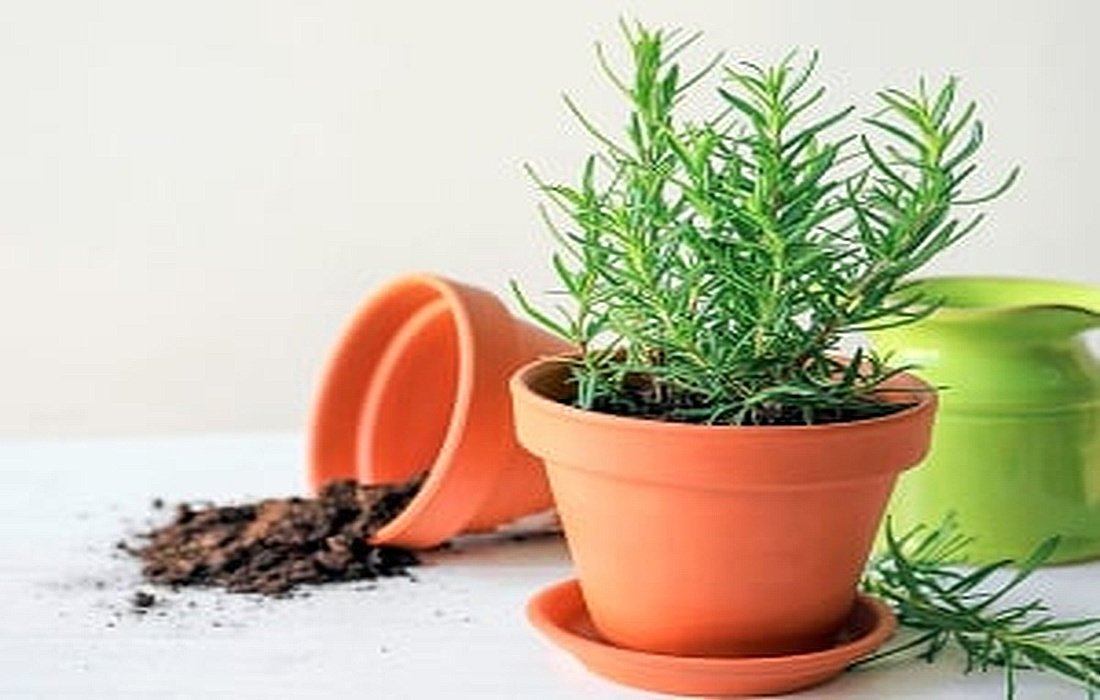Important Tips and Guide for Propagating Rosemary
Rosemary (Salvia rosmarinus) is an evergreen shrub with a pleasant aroma. Its needle-like leaves are grayish-green and grow on woody stems. In late spring and early summer, rosemary produces beautiful white to blue flowers in clusters. The best time to plant rosemary is early spring and late winter.RosemaryIt matures in its second year and begins to flower. It has medicinal properties and can also be used as a spice.


Rosemary’s dried twigs belong to the mint family and contain one percent essential oil. Also known as “rosemary” or “mountain dew,” this is a woody, aromatic, perennial plant native to the Mediterranean region and Uruguay. In ancient times, Romans and Greeks used this plant to treat certain ailments and in food.
Brief about Rosemary
The ancient Greeks believed that rosemary improved memory and mental strength.The PlagueDuring plague outbreaks, rosemary was used to disinfect homes. Today, in some countries, a sprig of rosemary is placed on a coffin as a sign of remembrance.
Botany of Rosemary
Rosemary is an aromatic, evergreen plant that can be used for several years. It generally grows wild and can be cultivated in the southern regions of Iran.
This plant is more resistant to cold and heat and can grow and propagate in various climate conditions.
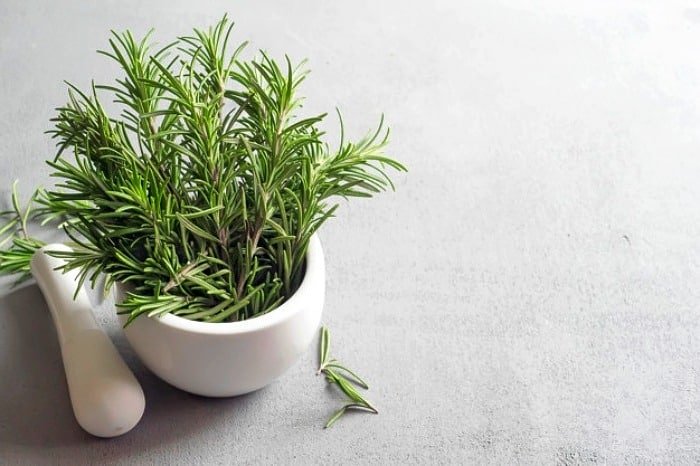
Other Types of Rosemary
Important Compounds in Rosemary
The most significant compound in rosemary is 1–5.2% essential oil, which contains borneol, limonene, camphor, 1,8-cineole, camphor, and alpha-pinene, along with phenolic acids such as rosmarinic acid, caffeic acid, and chlorogenic acid.
Studies have shown that rosemary possesses anti-cancer properties, and the carnosic acid present in it has beneficial effects againstAIDS.
Principles of Growing and Caring for Rosemary
Every plant needs certain guidelines and rules for suitable growth and cultivation that must be properly followed. Therefore, we aim to outline the principles of growing and caring for rosemary for our valued users in this section ofSelMagzSelMagz
Suitable Pot and Soil for Planting and Growing Rosemary
The first priority is selecting a suitable pot, as it serves as the plant’s home. The pot should have drainage holes at the base and be large enough to allow at least a 3 cm gap between the edges and the roots. The type of soil is another vital consideration; while rosemary can grow in most soils, a mixture of garden soil and coarse sand is better for its growth.
How to Water Rosemary Plants
Rosemary prefers dry soil over wet, so avoid excessive watering. This plant does not require much water; if you keep rosemary indoors, watering every two weeks is enough during the winter. In summer, water it as needed when the soil dries out.
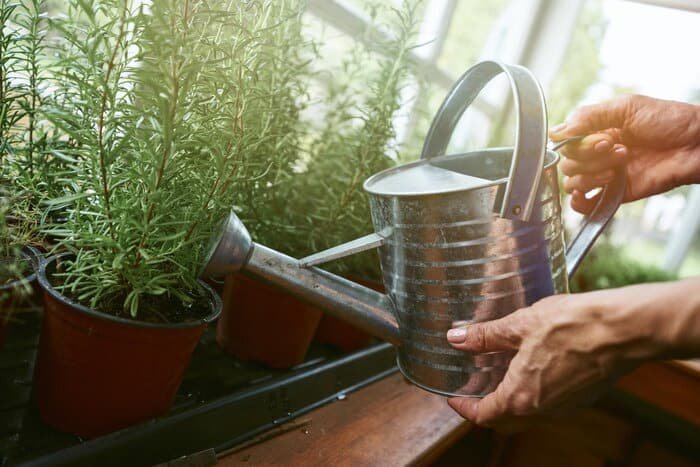
Providing Adequate Light for Rosemary
Rosemary should be exposed to sunlight for six to eight hours daily. It requires ample sunlight for optimal growth, so if you keep it indoors, place it in a sunlit location.
Fertilizing Rosemary
Spring is an ideal time for fertilizing rosemary, and fertilizing it two to three times a month is recommended. If rosemary is planted indoors, it requires urgent fertilization due to its rapid growth, quickly filling the pot.
Methods for Propagating and Growing Rosemary
If you wish to plant and cultivate rosemary, you can do so via seeds or cuttings. Since rosemary seeds grow slowly, cuttings are often the more recommended method.
Propagating Rosemary by Cutting


- First, take a healthy 10 cm cutting from the rosemary plant.
- To separate the cutting, ensure that the tool used is sharp and sanitized.
- Next, remove the leaves at the bottom of the cutting; these can cause rot when planted in the soil.
- Then, plant the cutting in a pot filled with sand, peat moss, and garden soil. If you want the plant to root quickly, dip the bottom of the cutting in rooting hormone before planting.
- Subsequently, place the pot in a warm area with indirect sunlight, maintaining a temperature between 10 and 28 degrees Celsius, and water the soil to keep it damp.
- Keep the soil moist until rooting occurs. Covering the pot with plastic can help expedite the rooting process.
- Ensure the pot has proper drainage and water the plant daily. After three weeks of planting, the plant should start to develop roots.
- Once the plant has developed roots, you can remove the plastic cover and move the pot to a location with sufficient light and appropriate temperature.
- Rosemary is a hardy plant that can thrive under various conditions, making it suitable for both indoor and outdoor care. If you are growing rosemary for home use, it is advisable to plant it in a pot, but if you plan to keep it outdoors, ensure that the plant is well-rooted. A crucial point about its propagation is that rosemary is sensitive to waterlogging; its roots can easily rot and die.
How to Harvest Rosemary
The ideal time to harvest rosemary is when the plant flowers, usually in late June. When harvesting, cut the top stems to about 40 cm, ensuring only 20% of the plant is removed.
Rosemary is used in cooking, pharmaceuticals, and cosmetics, which means that cultivating this herb can provide many benefits.
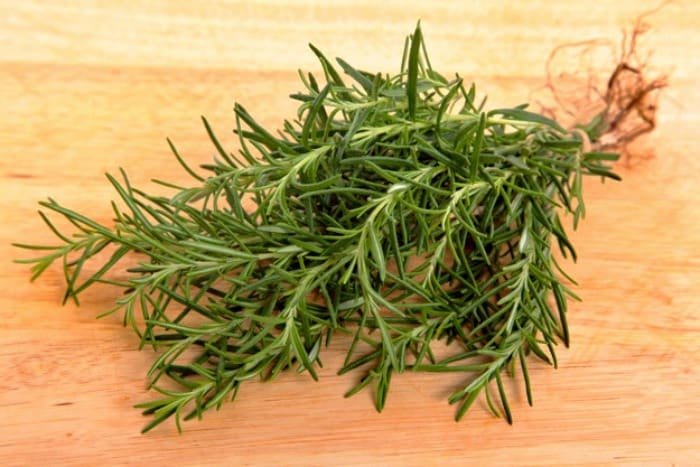
Important Tips for Planting Rosemary
- In winter, when the plant enters dormancy, it is advisable to move rosemary indoors.
- It is best to maintain rosemary in a dry area, away from moisture.
- Proper air circulation is vital for rosemary, so the location should be oxygen-rich.
- Nitrogen fertilizers are excellent for enhancing the plant’s growth.
- Pruning can stimulate the growth of stems up to 50 cm in length.
Outstanding Benefits of Rosemary
In earlier discussions in SelMagz’s health and wellness section, we explored the therapeutic and beauty benefits of rosemary. This section highlights some of its key advantages, including:
Benefits of Rosemary forEnhancing Memory
Research indicates that rosemary helps improve memory and boosts concentration. It supports mental youthfulness and is effective in stimulating cognitive functions in aging; it can also assist in treating cognitive impairments.
Improving Mood andStress
Rosemary can help relieve stress. Individuals dealing with chronic stress or hormonal imbalances may experience beneficial effects from using this herb.
The effects of rosemary on enhancing the immune system
Active compounds found in rosemary possess anti-inflammatory, antioxidant, and anti-cancer effects. These compounds serve as a defensive barrier for the immune system. Rosemary is rich in potent compounds such as caffeic acid, rosmarinic acid, and betulinic acid.
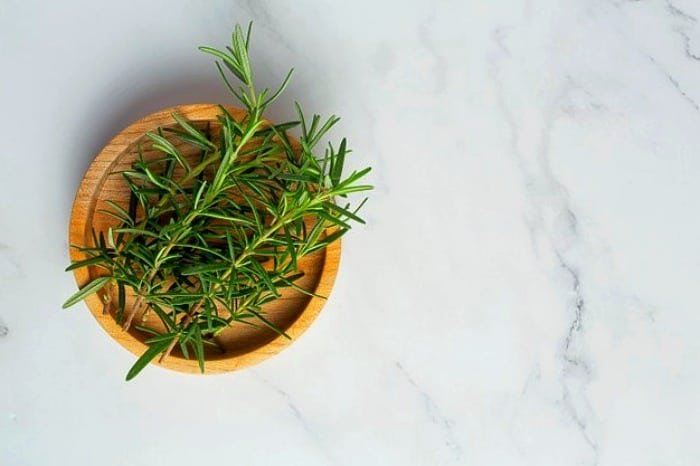
Antibacterial Properties of Rosemary


Rosemary is highly effective in treating bacterial infections of the stomach. Helicobacter pylori is a dangerous pathogen responsible forStomach UlcersUsing rosemary can help inhibit its growth and progression.
Soothing Stomach Benefits from Rosemary
Due to its anti-inflammatory and stimulating properties, rosemary is used to treat constipation, bloating,Diarrheaand abdominal pain. Therefore, incorporating a small amount of rosemary into your diet can help regulate digestion and improve gut health.
Rosemary: Fresh and Breath-Refreshing
Due to its antibacterial properties, rosemary is great for freshening breath. To do this, steep rosemary leaves in a cup of hot water and use it to rinse your mouth.
Using Rosemary to Stimulate Blood Flow
Rosemary acts as a stimulant in the body, aiding in the production of red blood cells and enhancing oxygen supply to various tissues and organs.
Rosemary’s Properties for Pain Relief
Rosemary can be used topically as a pain reliever. Inhaling the aroma of rosemary is effective in relievingMigrainepains.

Anti-inflammatory Properties of Rosemary
The primary application of rosemary is as an anti-inflammatory agent. Carnosic acid, a robust antioxidant and anti-inflammatory compound present in rosemary, effectively reduces inflammation in muscles, joints, and blood vessels. Rosemary is used for treatingHigh blood pressurearthritis, surgical wounds, andgoutand reducing inflammation in the cardiovascular system.
Detoxifying the Body with Rosemary
Rosemary acts as a diuretic, which can help eliminateToxins from the Bodythrough urination, greatly contributing to liver health.
Rosemary for Skin and Hair Health
Due to its anti-aging effects, rosemary is highly beneficial for the skin, promoting rejuvenation and assisting in the treatment of blemishes and acne.
- Rosemary is also utilized in skincare and perfume products.
- Rosemary can likewise be used for rinsing dark hair and massaging the scalp to help preventHair LossIt is also effective in treating baldness.
Side Effects of Using Rosemary and Precautions
For some individuals with sensitive skin, using rosemary can result in skin redness, sensitivity, and light sensitivity.
It is advisable to avoid rosemary duringPregnancyand breastfeeding, as well as for individuals withEpilepsyand high blood pressure. Rosemary contains 10-20% camphor, and excessive consumption can result in seizures andConvulsions.AdvertisementCloud phone lines in Tehran province with the code 8280 for the first time



